Social media use is undergoing a transformation. As consumers display growing cynicism toward perceived inauthenticity on their feeds, more personal spaces for fostering connections are replacing likes and follower counts.
Platforms are fostering more comfortable opportunities for sharing in the name of authenticity and mental health.
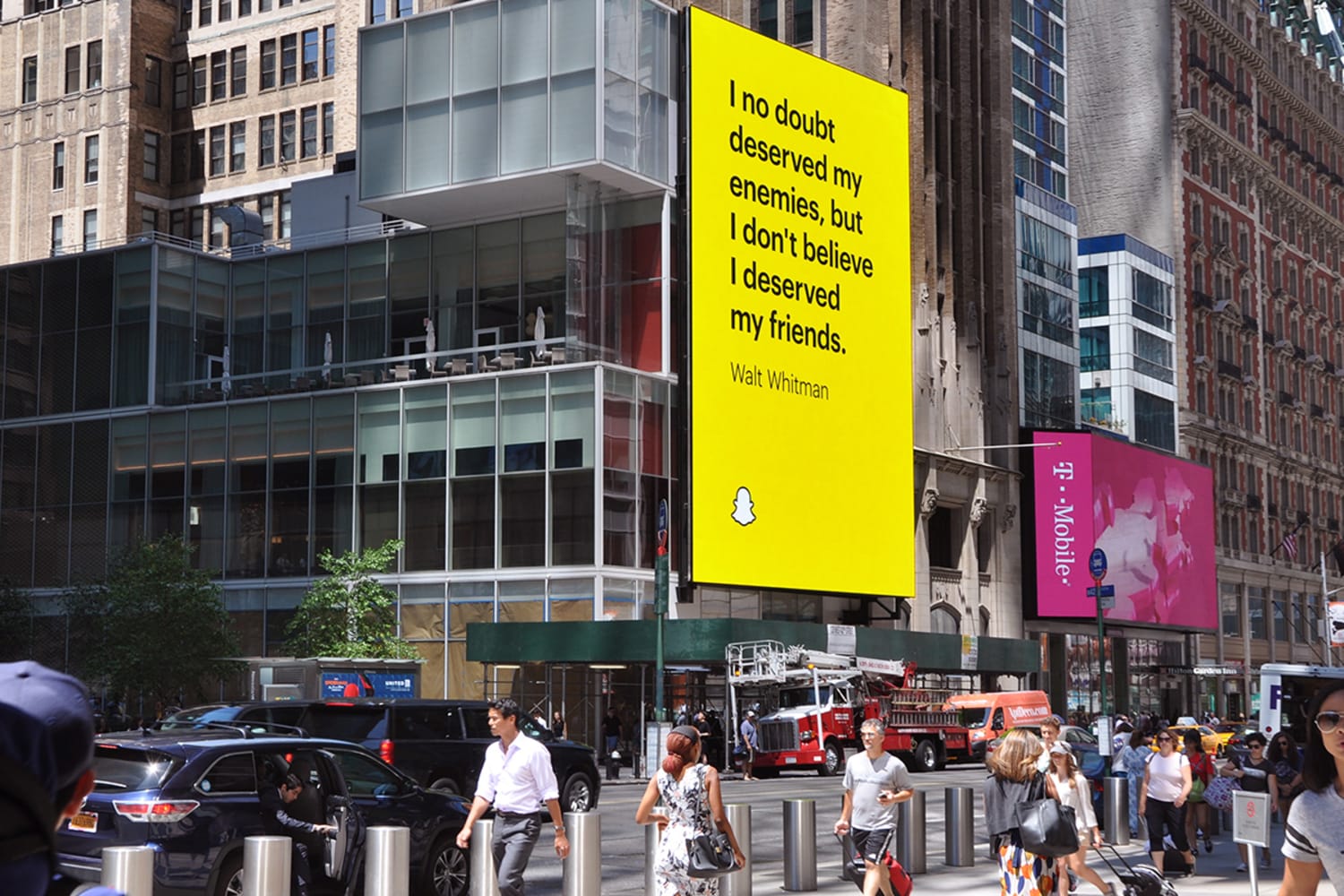
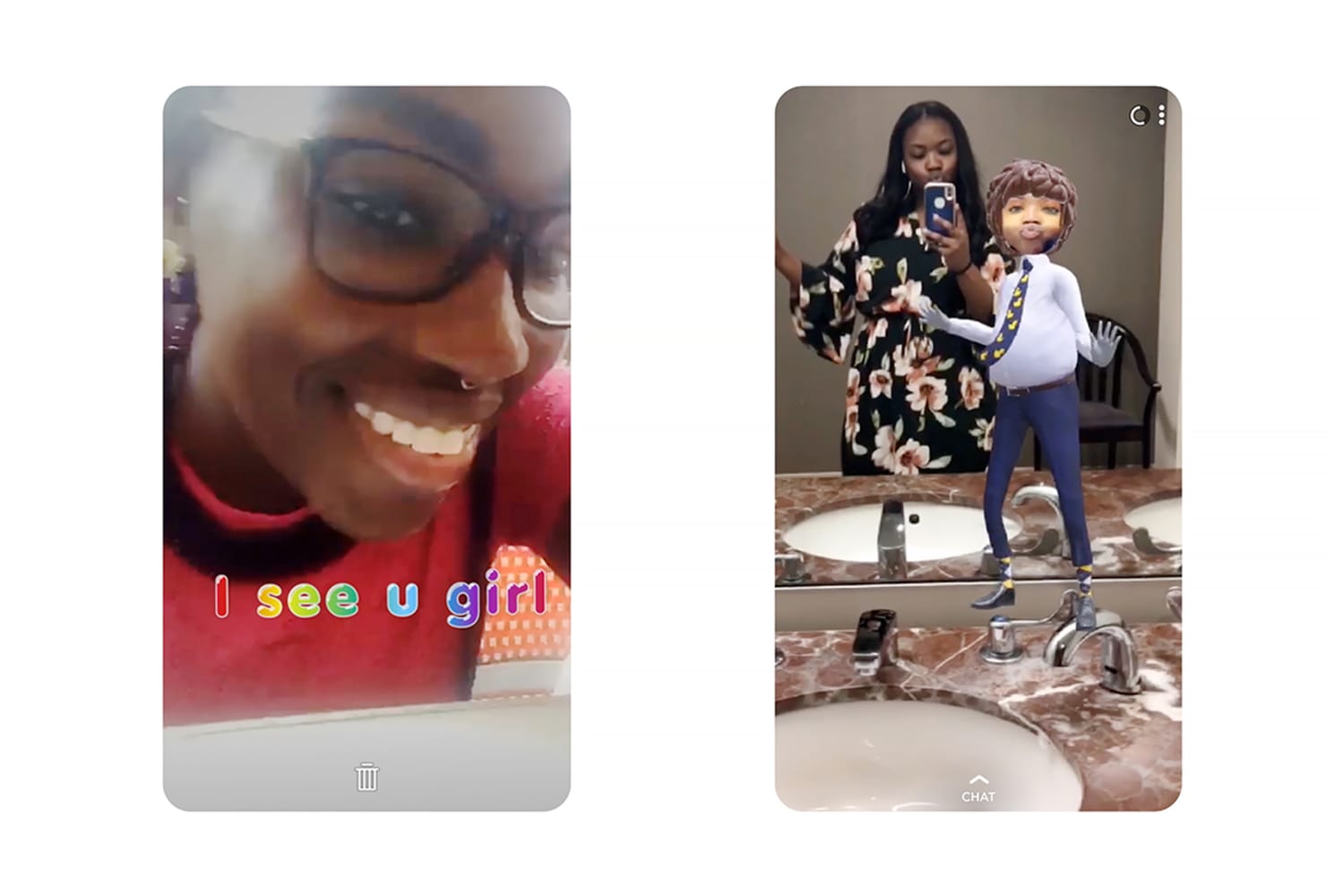
Numerous studies in recent years have highlighted the effects of social media on mental health. In a 2017 survey of 1,500 gen Zers and millennials by the UK’s Royal Society for Public Health, Instagram was named the worst platformfor users’ wellbeing, with particularly low marks when it came to body image. Many blame a relentless, opportunistic influencer culture, where highly curated photos—featuring everything from an impromptu shoot at the scene of a motorcycle accidentto a brand-sponsored marriage proposal—set expectations that are unattainable or unrealistic.
In July 2019, Instagram began trialing a “hidden likes” feature designed to encourage users to focus less on what people think of their photos and more on the content itself. Now being implemented in seven countries, the change is intended to relieve some of the pressure of a feed needing to look “perfect” so that users can share “authentically and comfortably,” according to a spokesperson for Facebook, Instagram’s parent company. Facebook is rumored to be next in line for the feature, while earlier in 2019, Twitter had also experimented with hiding its likes behind a user tap in a beta version of an app update, in order to make it easier and “healthier” to follow conversations.
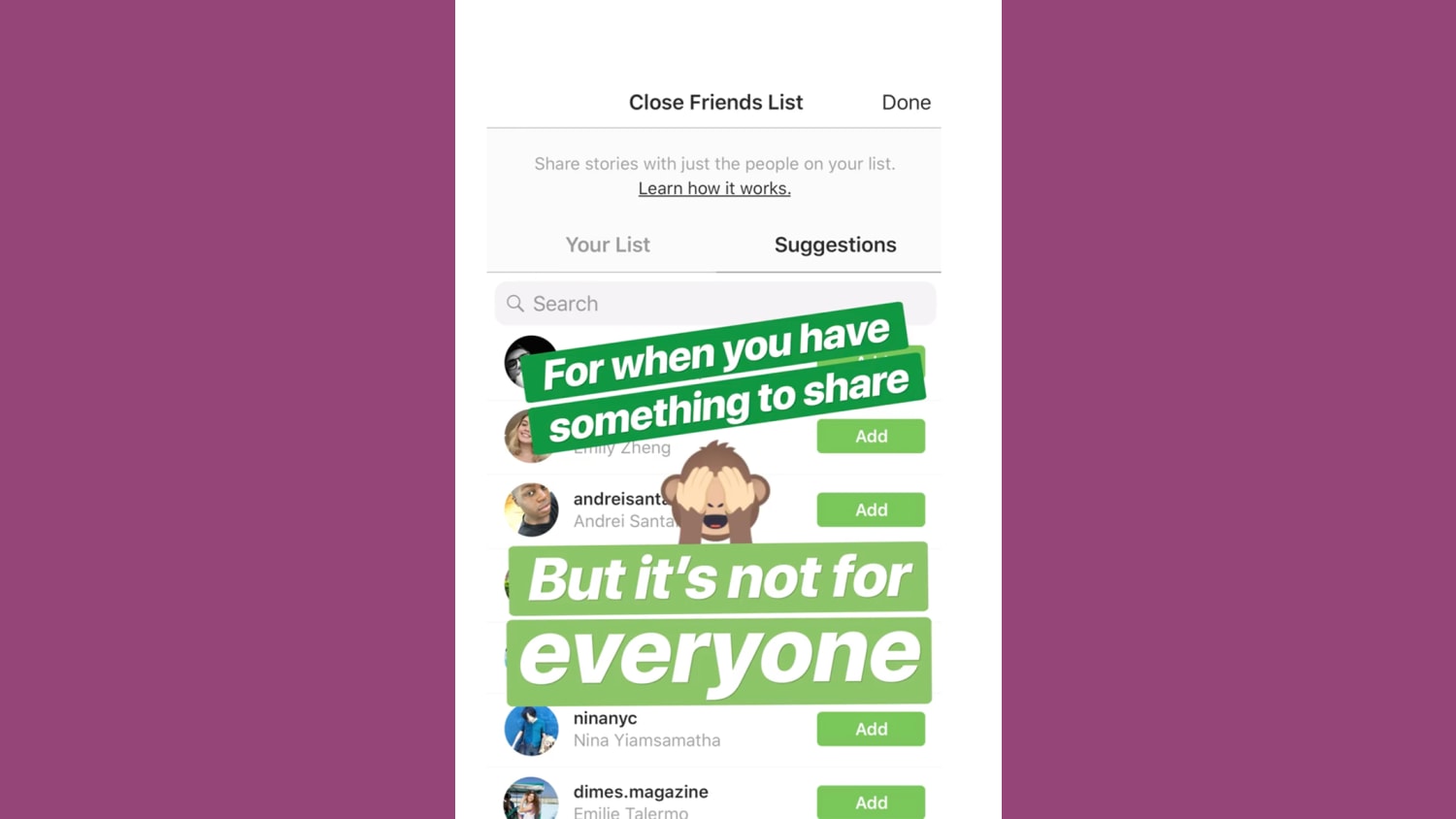
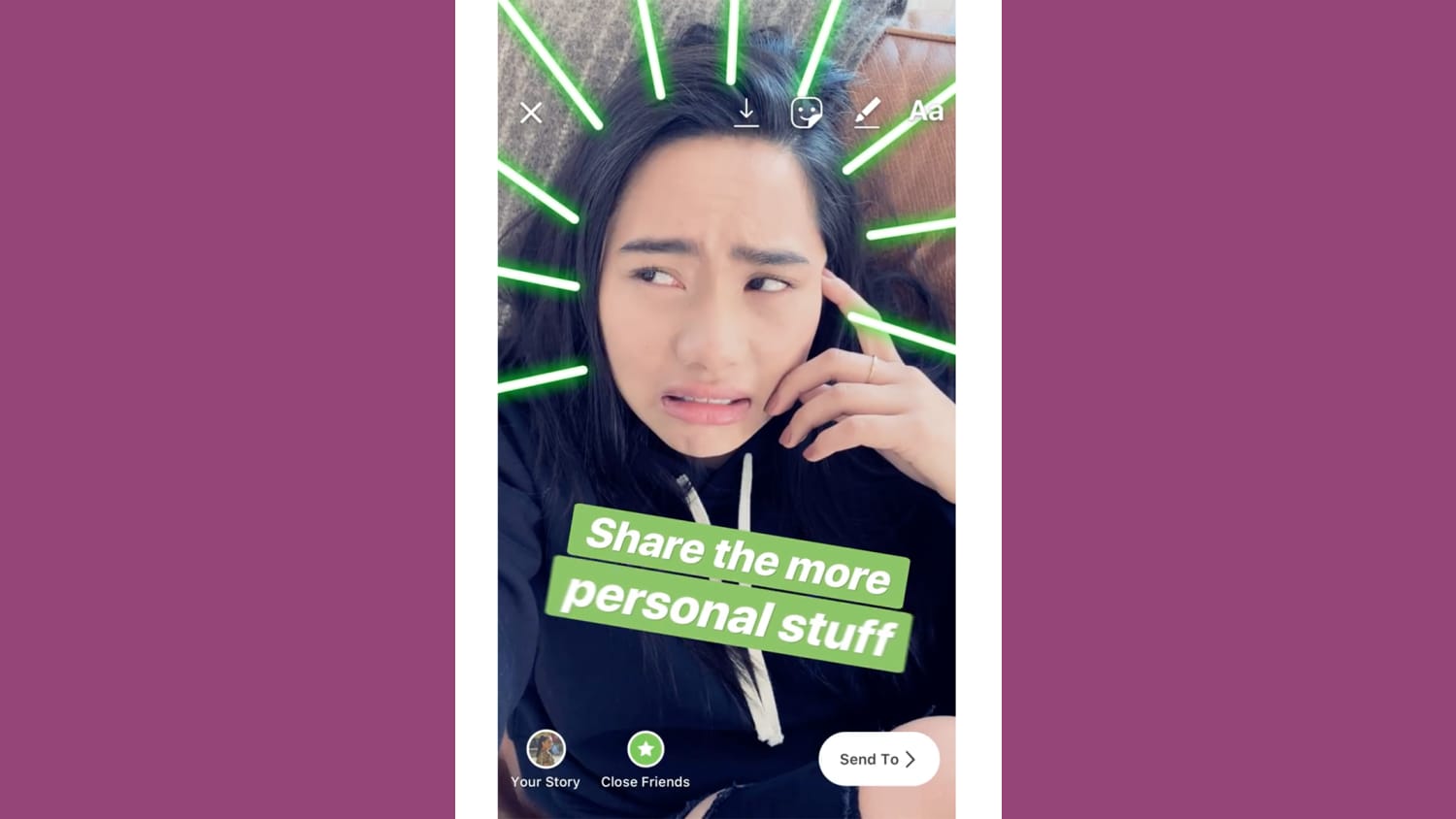
With likes anticipated to disappear in more markets, Instagram is also working on a messaging app that will make it easier to share content in a more intimate setting. Called Threads, the app is meant to be used in connection with a user’s close friends list on Instagram, and would allow them to share status updates, their location, and battery life, as well as photos and texts. Observers have noted that this move would help Instagram create a more personal and private user experience similar to Snapchat’s, whose users have increasedby 8% in the second quarter of 2019 compared to the same period in the previous year.
The trend toward more private sharing is showing up in other social media platforms as well. WeChat in China is currently seeing a downward shiftin users sharing personal updates to public newsfeeds, particularly among teens, with 10% of users opting in on a new feature that limits the number of days their public posts can be viewed, and others migrating to different platforms entirely.


As the major platforms tweak their features to create more safe havens for their users, other social media players, like Tumblr, have been just that all along. CNET calls Tumblr “a rare safe haven amid all the internet’s ugliness,”accounting for its reputation for fostering open, artistic expression from micro and marginalized communities (and Tumblr could soon be due for a comeback thanks to its new owner). Meanwhile, Snapchat and TikTok have earned credit among gen Zers for allowing users to be less performative and more authentic on social media. In JWT Intelligence’s “Into Z Future” report, many of Snapchat’s young users were enthusiastic about being able to openly share the most intimate details of their life on the platform with less judgment or pressure compared to other platforms.
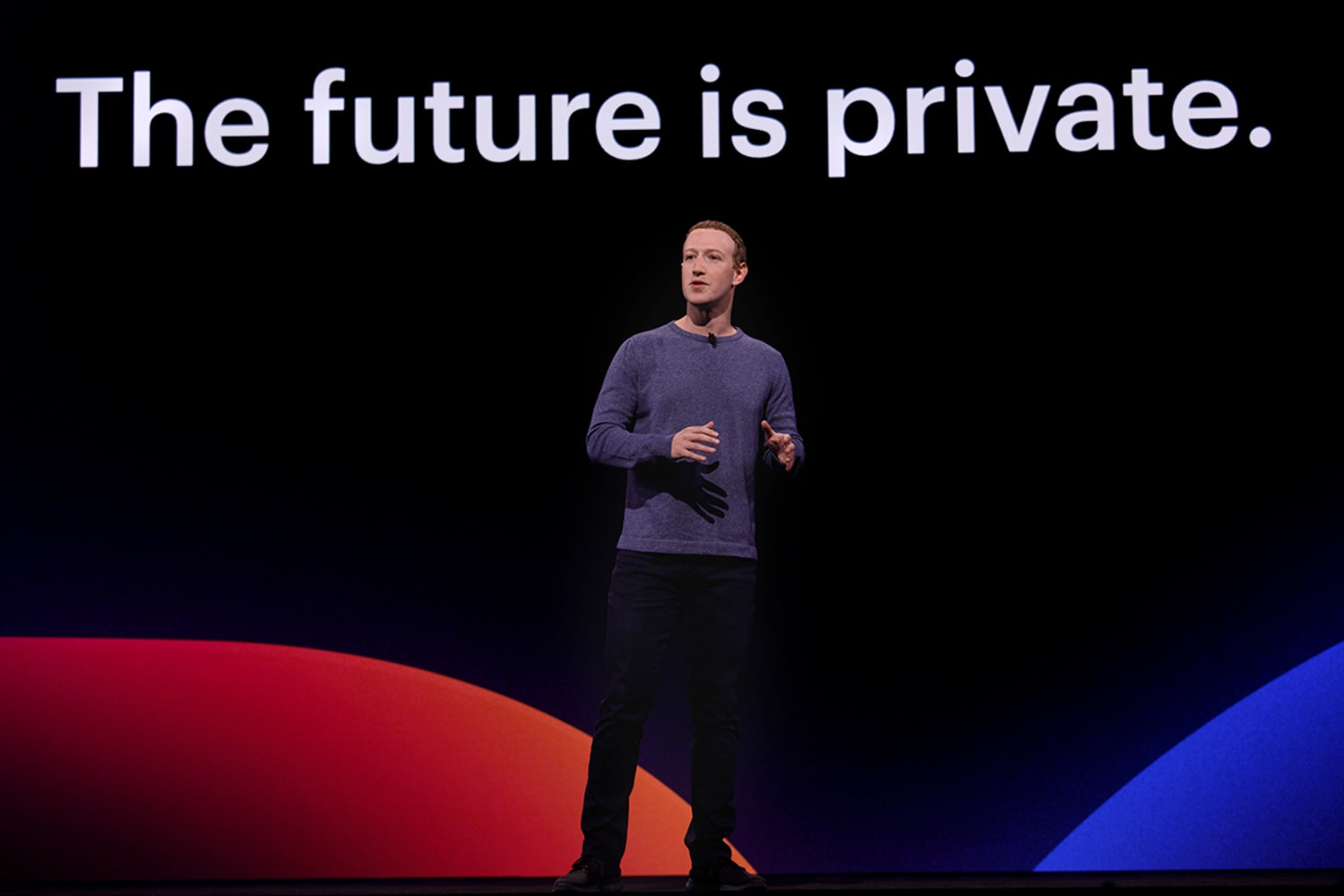
In a March 2019 post, Facebook CEO Mark Zuckerberg declared that privacy “gives people the freedom to be themselves and connect more naturally,” noting that people are increasingly seeking “the digital equivalent of the living room” as opposed to a “town hall.” After years of focusing on quantity when it comes to friends and engagement online, Zuckerberg and other players in the social media sphere are recognizing that people want more meaningful connections versus many connections.
Please provide your contact information to continue.
Related Content

VML's Latest Campaign Lands Spot in Ad Age's '10 Creative Campaigns To Know About Today'

